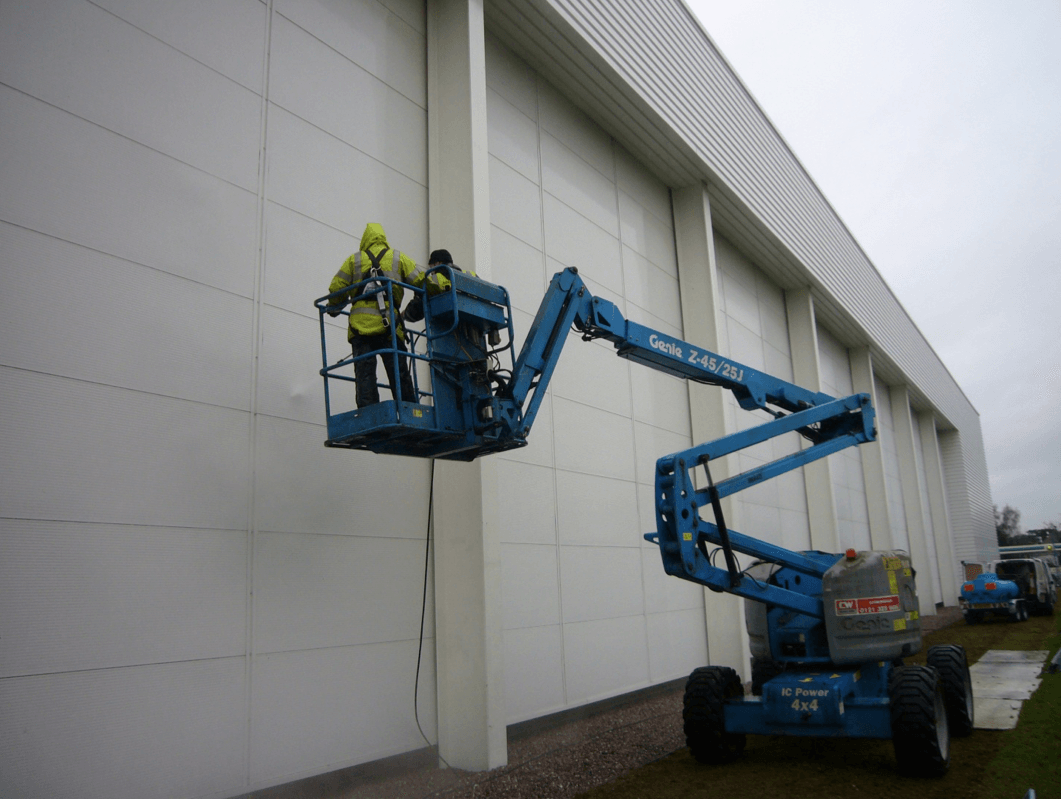There are many kinds of facades and cladding alternatives available if you’re planning to build a house. They include Vega Cladding and Slate cladding. cladding cleaning is important to select an cladding that complements the exterior of your home or building, as it will make your structure appear stylish and elegant.
Vega cladding
Vega is a company that understands the needs for stone cladding, and has worked to develop innovative technologies. Wall systems that clad walls are available in a variety of styles, designs and thicknesses. They can be used outside and inside buildings. They are typically attached with an independent rail and clamp system.
Stone facades provide many practical advantages, in addition to their aesthetic appeal. They can increase the resistance of buildings to temperature fluctuations, and also shield them from the elements. It is vital to maintain stone facades and keep them from becoming oxidized.
Slate
There are two primary styles of stone facades and cladding: traditional and modern. Both styles share the same function in that they give beauty and durability to an building. However, certain stone facades are distinctive. The following examples will help you understand them. Some buildings can have several stone cladding designs on the same facade, whereas others may only feature one type.
The appearance of a building’s exterior can be affected by the design of stone cladding. The appearance of a facade is affected by the stone cladding, or window arrangement. Complex facades might not appeal to some viewers, but those with simpler facades may be more attractive.

Natural stone veneer
Modern and traditional stone facades and cladings can add character and style to any building. They are an excellent choice for exteriors due to their numerous shades and textures. Fascias constructed from natural stone are a favorite choice. Granite is a very popular material for facades. It is highly resistant to heat, making it a great choice for high-rise buildings. Other options include limestone, that can be carved into intricate designs or stained to create a pattern. It has been used for a long time in historic architectural works.
Natural stone facades come with many advantages, including longevity and a natural appearance. Stone facades help to reduce energy consumption through creating a timelessand attractive appearance. Natural stone is impervious to direct sunlight and could reduce the building’s heat absorption.
Manufactured stone cladding
When you’re cladding modern and traditional stone facades, it is essential to select the correct stone and the appropriate thickness. A stone that is too soft may not be suitable, and a stone that is too dense may not be appropriate either. It is also important to take into consideration the durability and maintenance requirements of the stone. Stone must be fire-rated, not-combustible, absorbent and have the lowest U.Value. It is also essential to clean the stone regularly, as it can become slippery due to deposits of oxidizer.
Another option is natural stone cladding. It is well-known for its heat-resistant properties. This stone is ideal for high-rise structures. Natural stone can be stained to give it a more natural look or painted to guard against moisture. It can also be carved to create intricate designs. It is a versatile material that has been used for centuries to construct structures of historical significance.
Continuous insulation systems
Continuous insulation systems can be used to enhance the aesthetics and increase the energy efficiency and durability of buildings. They can reduce energy consumption, increase the quality of life, and increase the value of a property’s future. Continuous insulation systems offer an effective barrier against elements. They can also help protect and improve the appearance of a traditional stone facade or modern cladding.
To attach laths onto continuous insulation systems, you can’t use staples or roofing nails. The insulation layer creates a force higher than the force that is imposed on the wall. Thus, a stronger fastener is needed. There are many alternatives that are affordable and robust. Numerous industry organizations provide reference guides that detail how to create durable plaster assemblies for continuous insulation systems.